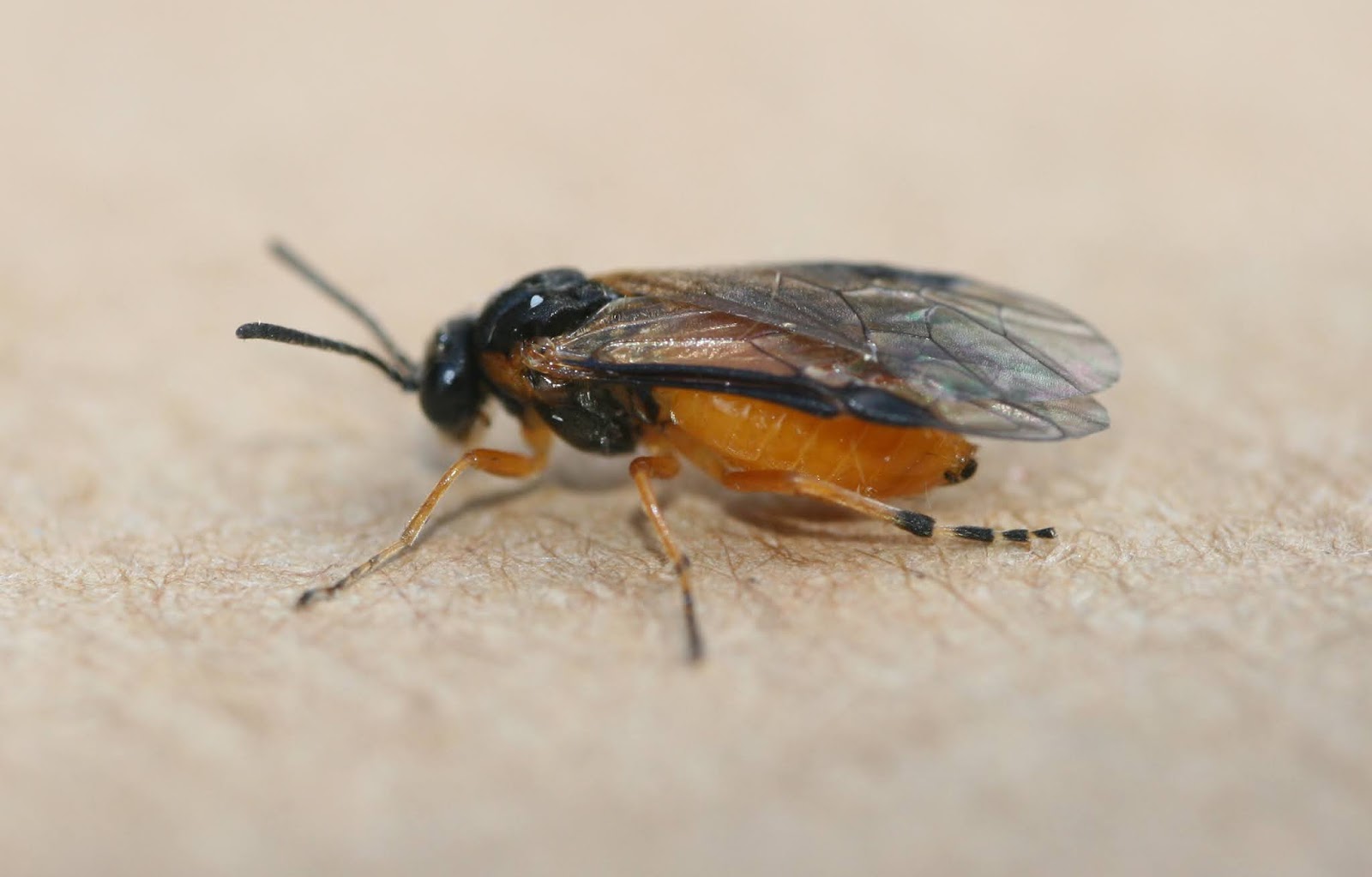From the downs

When this pyralid moth turned up in the MV yesterday morning I couldn't place it, so it was potted up, photographs taken and then analysed in the early evening. It seemed to me that I was looking at a Delplannqueia dilutella , but on trawling the internet the water got murkier, as I then found out that this moth had been found to comprise two species - along with D. inscriptella . Disection is required to separate them. The next course of action was to send an image to Bill Dykes, who has become my go-to moth man - serves him right for being so proficient and helpful! His reply was to suggest that the moth was, in fact, Moitrelia obductella , a rare inhabitant of chalk downland in Kent and Surrey. He hadn't experience of this species himself and suggested getting a second opinion, which came from both Nigel Jarman and Sean Clancy - both in agreement that it was obductella indeed! My thanks to all three of these expert lepidopterists, who make the life of those of us less-p...

















